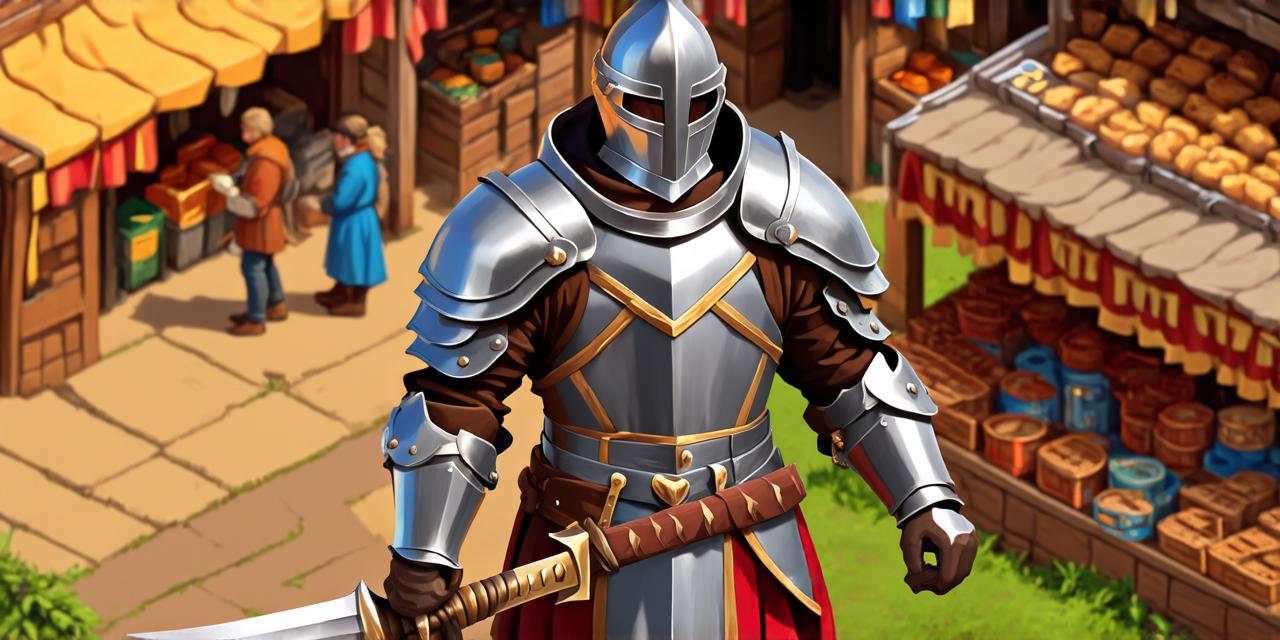Introduction:
Game development is an exciting and rapidly growing industry that offers endless opportunities for creativity and innovation. One of the most important decisions game developers make when creating a new game is whether to use 2D or 3D graphics. While both approaches have their own unique advantages and disadvantages, understanding the differences between them can help you make an informed decision about which path to take.
In this article, we will explore the key differences between 2D and 3D game development, including performance, cost, complexity, and creative freedom. We will also examine real-life examples of successful games in each category to help you understand the potential of each approach. By the end of this article, you should have a clear understanding of the pros and cons of both 2D and 3D game development and be equipped with the knowledge to make an informed decision about which path to take for your next game project.

Performance:
One of the most significant differences between 2D and 3D game development is performance. 2D games typically have better performance than their 3D counterparts, as they require fewer resources to render. This means that 2D games can run on lower-end hardware and are less likely to experience lag or stuttering, which can greatly enhance the user experience.
In contrast, 3D games require more powerful hardware to render, which can lead to slower load times and longer wait periods for players. Additionally, 3D games often have a higher resolution and more complex visual effects, which can put a strain on even the most powerful systems.
Cost:
Another key factor to consider when choosing between 2D and 3D game development is cost. Creating a 3D game typically requires more time, resources, and expertise than developing a 2D game, which can result in higher production costs. This means that 3D games are often more expensive to develop than their 2D counterparts, which can make it challenging for smaller studios with limited budgets to create high-quality games.
In contrast, 2D games are generally less expensive to develop than 3D games, as they require fewer resources and less specialized expertise. This means that smaller studios with limited budgets may have an easier time creating a 2D game than a 3D one, which can open up more opportunities for innovation and experimentation in the gaming industry.
Complexity:
Another important factor to consider when choosing between 2D and 3D game development is complexity. Creating a 3D game is generally more complex than developing a 2D game, as it requires more specialized knowledge and expertise. This means that 3D games are often more difficult to develop, which can make it challenging for less experienced developers to create high-quality games.
In contrast, 2D games are generally less complex than 3D games, as they require fewer resources and less specialized expertise. This means that 2D games can be created more quickly and efficiently, which can help smaller studios with limited resources get their games to market faster.
Creative Freedom:
Finally, another important factor to consider when choosing between 2D and 3D game development is creative freedom. While both approaches offer a lot of creative flexibility, there are some limitations to each approach that you should be aware of.
With 2D games, for example, the lack of depth can make it more challenging to create complex environments or characters with a lot of detail. This means that 2D games are often limited in terms of their ability to convey depth and complexity, which can limit the creative possibilities available to developers.
In contrast, 3D games offer much more creative freedom than 2D games, as they allow for the creation of complex environments and characters with a high level of detail. This means that 3D games are often better suited to telling complex stories or exploring intricate worlds, which can help make them more immersive and engaging for players.
Real-Life Examples:
To help you understand the potential of each approach, let’s take a look at some real-life examples of successful games in each category.




